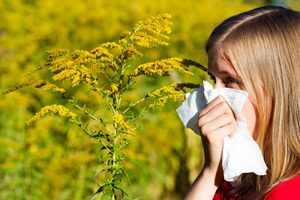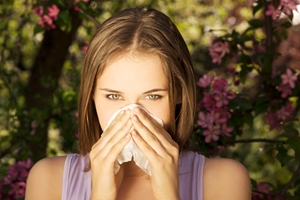
Seasonal allergies affect nearly 35 million Americans nationwide. People suffer throughout the year, but they often fail to treat allergies the right way.
Before treating allergies, it's important to understand what you're allergic to. Here are two common allergies most prevalent in autumn:
Ragweed
If you're sneezing and coughing, there's a good chance it's because of ragweed. Ragweed is the most common allergy in the U.S., affecting close to 20 percent of all Americans.
Around 75 percent of people who suffer from pollen-producing plants also struggle to control ragweed allergies. It's not surprising considering how aggressive the plant is. Even though it only lives for one season, ragweed produces up to 1 billion grains of pollen during that time, many of them flying as far as 400 miles from its original source and 2 miles into the atmosphere.
The best strategy to manage ragweed, other than taking medicine, is to try to avoid it. Ensure your home is set up with a High-Efficiency Particulate (HEPA) air-filtration system. If you live in a rural area — where ragweed loves to grow — stay indoors between 9 a.m. and 3 p.m., which are the peak hours of the day.
Of course, if this doesn't work, you could always do something a little more fun and adventurous during the fall: take a vacation to a location with less ragweed. A cold weather place like Colorado and the Rocky Mountains could be a great option.
Mold
If you're one of the lucky few who don't suffer from ragweed, that doesn't mean you're immune from all allergies. Mold spores take root in wet, temperate climates during the spring and fall. They thrive until the first frost hits.
"Mold spores are common airborne allergens. They are light, very small, and easily inhaled into the lungs," said Bruce Gordon, M.D. of Cape Cod Hospital.
You may notice that during peak hours you don't sneeze or have a runny nose, but at night, you're suddenly overcome with allergies. Mold spores rise high into the atmosphere when it's warm and drift back to the ground when it's cooler.
To help prevent mold, decrease the moisture level in your home by using a dehumidifier. You can check out Allergy Be Gone's Damp check Non-Electric Dehumidifier or even the Air-Dryr 500 Mold Zapper. The latter does not use a switch, fan, thermostat or compressor to operate. It simply passes moist air through its heating chamber, dries it and makes spores non-viable, thus preventing them from spreading.









